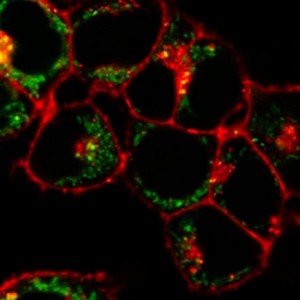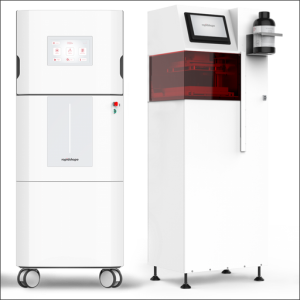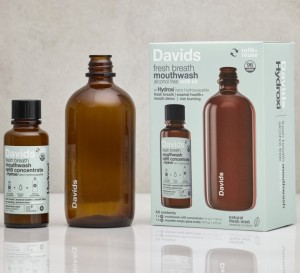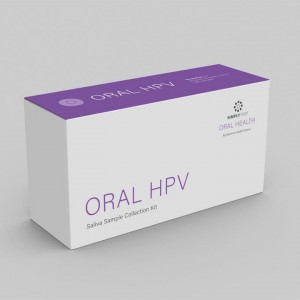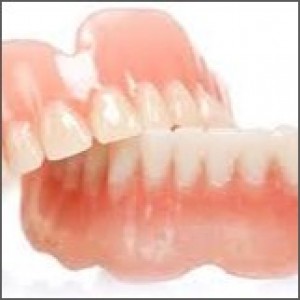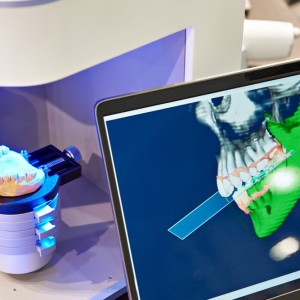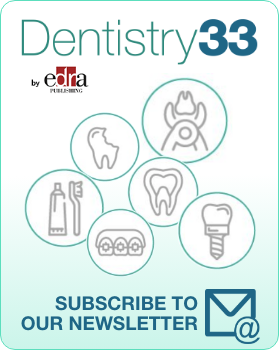
Does Immediate dentin sealing improve bonding procedures of posterior lithium disilicate partial restorations?
Co-authors: A. Comba, F. Florenzano
Lorenzo Breschi
The advent of adhesive dentistry, years ago, introduced the concept of minimally invasive dentistry with more conservative cavity design and no mechanical retentions. When sufficient dental structure is present, a direct composite restoration is the treatment of choice, however, partial adhesive ceramic restorations are indicated when the remaining tooth structure is not able to support a direct reconstruction. Among ceramics, feldspatic porcelain and glass ceramic such as lithium disilicate, are etchable materials that can be adhesively bonded to the dental substrate. While adhesion to enamel is more predictable, adhesion to dentine, has always been an issue.Immediate dentin sealing (IDS) has been suggested as a technique to improve adhesion, compared to delayed dentin sealing (DDS).
IDS consists of a thin layer of adhesive resin is applied immediately after tooth preparation and prior to impression taking, whereas in DDS, the adhesive resin layer is applied just before luting the restoration.
A study condacted by Van der Breemer et al. aimed to compare survival rate of lithium disilicate posterior partial restorations bonded using IDS after 3 years of function.
Materials and methods
To conduct the study, the research group selected 30 patients who received two lithium disilicate ceramic partial restoration ( IPS-e.max press, Ivoclar Vivadent) on vital first or second molar teeth (N = 60). The two teeth randomly received either IDS (test group, n = 30) or DDS (control group, n = 30). Partial ceramic restorations were luted (Variolink Ultra, Ivoclar Vivadent) two weeks after preparation. Evaluations were performed at 1 week, 12 months and 36 months post-operatively, using qualitative (FDI) criteria. Representative failures were evaluated microscopically (SEM) and by means of simplified qualitative fractography analysis.
Results
The data collected by Van der Breemer et al. revealed that only one absolute failure occurred in the DDS group due to secondary caries. The overall survival rate according to Kaplan-Meier after 3 years was 98.3% (FDI criteria score 1–4, n = 59) and the overall success rate was 85% (FDI criteria score 1–3, n = 51), with no significant difference between restorations in the IDS and DDS group (p = 0.32; Kaplan-Meier, Log Rank (Mantel-Cox), CI = 95%). As concern quality of the survival, no statistically significant differences were found between IDS and DDS (p = 0.7; Kaplan-Meier, Log Rank (Mantel-Cox), CI = 95%) restorations on any follow-up timepoints for any of the FDI criteria (Wilcoxon, McNemar, p > 0.05).
Conclusions
Based on the obtained data, the authors concluded that adhesively luted partial ceramic restorations in vital molar teeth have a good prognosis, however IDS did not show statistically significant differences in success and survival rates after 3 years of function.
For additional information: Randomized clinical trial on the survival of lithium disilicate posterior partial restorations bonded using immediate or delayed dentin sealing after 3 years of function.
 Related articles
Related articles
Silencing a receptor in prostaglandins reduces pain but allows inflammation to run its course in animal and cellular studies.
Dentsply Sirona, the world’s largest diversified manufacturer of professional dental products and technologies, and Rapid Shape, a leading innovator in German-engineered dental 3D printing...
News 25 July 2025
Davids Health Sciences, Inc., a leader in premium oral care, proudly celebrates its 10-year anniversary this July. Founded by entrepreneur Eric Buss in 2015, Davids began as a personal quest to...
News 30 June 2025
Align Technology Launches Brand Campaign Focused on Invisalign Treatment for Kids and Teens
Align Technology, Inc. (“Align”) (Nasdaq: ALGN), a leading global medical device company that designs, manufactures, and sells the Invisalign System of clear aligners, iTero intraoral scanners,...
Davids Health Sciences, Inc., the trusted leader in premium oral care, continues to innovate and expand its oral care product lineup.
 Read more
Read more
Much like EMTs rushing to the scene after an accident, stem cells hurry to the site of a skull fracture to start mending the damage. A new finding has uncovered the signaling mechanism that triggers...
Products 05 November 2025
SimplyTest has launched a groundbreaking saliva-based test to detect high-risk strains of oral human papillomavirus (HPV), a major cause of oropharyngeal cancers.
News 05 November 2025
Perimetrics, Inc., a dental technology company pioneering quantitative diagnostics, announced today that the U.S. Food and Drug Administration (FDA) has granted clearance for the InnerView...
News 05 November 2025
On October 15, open enrollment for Medicare began nationwide. Hundreds of thousands of seniors in New Jersey will once again face the challenge of finding the right Medicare coverage, including the...
Digital Dentistry 04 November 2025
Digitalisation is an expanding field in dentistry and implementation of digital teaching methods in dental education is an essential part of modern education.



